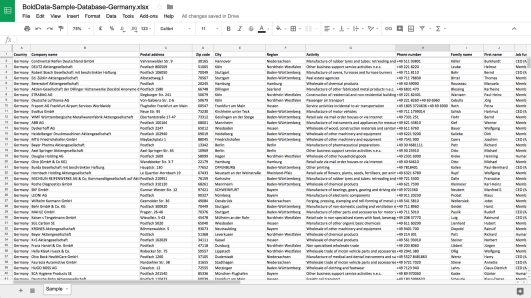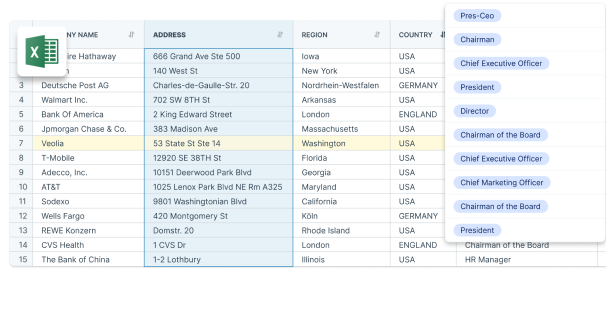Did you know it’s World Telecommunication & Information Society day (WTISD) today? Probably not. And as it might sound boring, it’s actually very exciting. Right now 56% of the world population has access to internet. This means that more than 4 billion people, over half of the world’s population, are without any internet connection. The growth potential is huge. A fully connected world is not just a noble cause, but also the dream of every marketeer and tech-company. Which means companies like Google, Facebook and SpaceX are jumping right in.
Elon Musk’s space internet
Serial entrepreneur Elon Musk does more than build electric cars. He also wants to start an internet revolution. In space that is. Starlink, scheduled to be completed in 2027, would consist of nearly 12,000 satellites that bring high-speed internet to the masses. Imagine: constant, global internet coverage in every corner of the planet: from the jungle to the North pole. This project could shake up the entire industry.
Facebook suffers setbacks
Facebook’s co-founder Mark Zuckerberg also wants to connect the whole world to the internet. According to Zuckerberg, everyone should be entitled to free basic internet service. But from the start, critics called his effort a scheme by Facebook to get new users. Moreover the ambitious project – called Internet.org – suffered major setbacks over the past years. In 2016 a SpaceX rocket – yes from Elon Musk – exploded in Florida, destroying a satellite Facebook was planning to use to offer Internet access in Africa. Time for a new plan: in 2017 Zuckerberg focused on solar powered drones. But also the drone project suffered several setbacks when a test flight ended with a crash landing and a broken wing. Now he’s focusing on connecting the third world via local internet providers.
Google: internet-by-balloon
Internet balloons? Oh yes. With project Loon Google launches a network of stratospheric balloons designed to bring Internet connectivity to rural and remote communities worldwide. The balloons travel on the edge of space and are designed to endure the harsh conditions. Smart algorithms ensure that the balloons stay in place. Google understands that you need partners to succeed. Therefore the company has joined forces with a company that will provide telecommunication in the stratosphere. The forecast for Loon looks good, as Softbank just invested $125 million in the project.
Working together
Working together and setting standards has brought us the internet that we know today. Moving from a .DE to a .FR website doesn’t require a different browser. The theme of the 50th edition of WTISD is standardization. It’s what we need to use the Internet efficiently. Both business and internet are about bringing demand and supply together. It’s about data and finding the right companies in a second. The EU was behind in this area. The different chambers of commerce and registration agencies didn’t work together yet.
Internet changed the data industry
It’s needless to say that Internet has changed the data industry as well. In the good old days business data was delivered on a cassette. When you needed a database for a direct mail campaign, we put the data on tape and sent it to you via the postage company. One of our (older) colleagues can even remember that he had to hop on the train to deliver the data to a client for an urgent campaign. Today it’s much easier. Because of email of course, but also because most of the databases around the world are standardized and connected now. With just one click you can contact 287 million companies coming from 100+ local chamber of commerces and thousands other local directories and sources. The data is delivered in blink of an eye with email. Or more safely via an FTP server. Or you can even access data in real time via an API.
.

